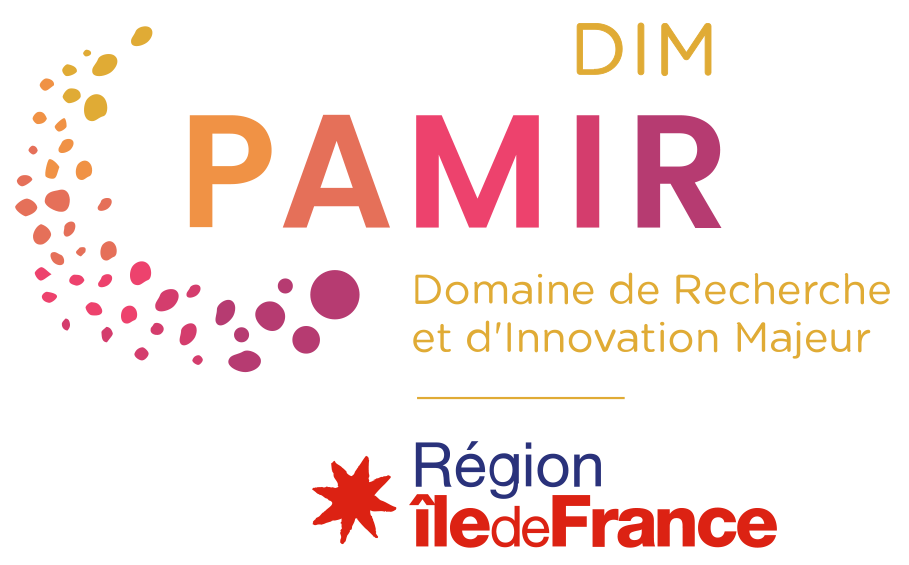
BIOCARE
BIOsourced polymers for the Consolidation and Acid Reduction of fragile papErs
Scientific responsibility :
- Anne-Laurence Dupont
- Nathan Ferrandin-Schoffel
- Théo Merland
- Estelle Van Geyts
- Bertrand Sainte-Marthe
Methodological axes :
Thematic fields :
Disciplinary sectors :
Funding :
- DIM PAMIR
- MC
- CRC
Project ID : IDF-DIM-PAMIR-2025-4-003
Summary :
The conservation of paper-based materials of the cultural heritage, in particular early industrial papers, is a major challenge due to their fragile condition caused by the production of acids during natural aging. Current solutions allow to neutralize the acids (deacidification), while adding a consolidant to increase the permanence through a safe handling of the documents – thereby preventing irreversible material losses – is a much less common practice due to lack of resources. A unique solution developed at CRC combines deacidification and consolidation in a single-step process by using aminoalkylalkoxysilane (AAAS) polymers. However, the petrochemical origin of AAAS underscores the need for more sustainable and environmentally safe alternatives. The PhD research aims to develop ecologically responsible conservation processes using bio-based polymers, including some that possess basic functional groups, capable of deacidifying the paper while simultaneously providing a mechanical strengthening. To do so, the proposed approach focuses on the combined use of nanocelluloses and amine groups-bearing bio-sourced polymers such as chitosan, DEAE- dextran, and ε-polylysine. In order to prepare for future applications on papers of the cultural heritage, model papers will be artificially aged to mimic the conservation state of fragile historic papers. The efficacy of the treatments and their innocuousness towards paper and towards the environment will be assessed before and after the ageing through mechanical and colorimetric tests as well as physicochemical analyses (pH, rheology, viscometry, FTIR, SEM/EDS). This will ensure that the solutions meet both conservation requirements and current ecological requirements.
Doctorante : Camille Jallu

